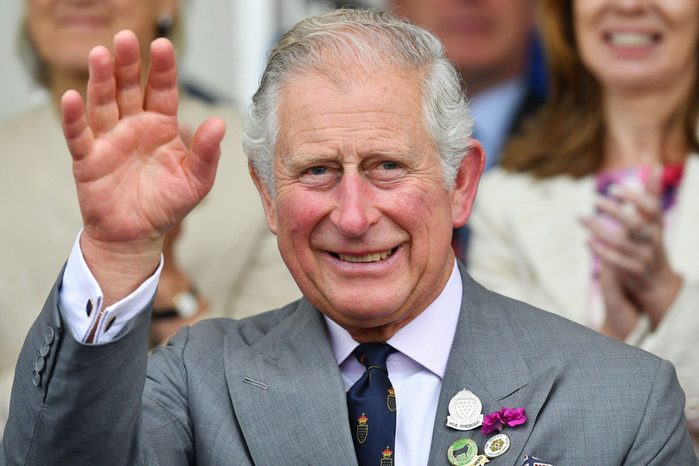
Long live the king
On Sept. 8, 2022, His Majesty King Charles III ascended to the throne upon Queen Elizabeth’s death. In so doing, he became the 41st British monarch since William the Conquerer took control of the land in 1066. Back then, the British sovereign had nearly absolute authority over the matters that concerned the kingdom and its subjects. These circumstances began to change in 1215, when King John signed the Magna Carta, acknowledging certain limits to the sovereign’s powers with respect to rights like taxing citizens without adequate governmental representation.
Whether King John realized it or not, his signing of the Magna Carta set the wheels in motion for a gradual diminishing of the sovereign’s powers over the ensuing centuries. Today, the United Kingdom stands and functions as a constitutional monarchy under which a hereditary sovereign (in this case, the king) is head of state but not head of the government. The power to govern resides in an elected governmental body known as parliament and in the delegates of it with regard to devolved matters (those that have been delegated to local governments of Wales, Scotland and Northern Ireland).
With royal mania hopping the pond and settling in stateside, you’re probably familiar with the royal family tree and what happens now that Charles is king. Now for the tough questions: What does the king of England do, exactly? And perhaps more important, what does he even have the power to do? Read on to find out.
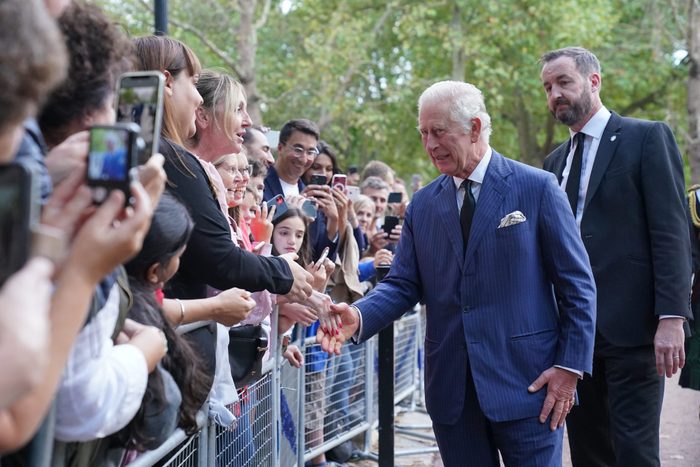
Serve as king of more than just England
Go ahead and ask “What does the king of England do?” Just don’t overlook this key fact: The king of England isn’t just the king of England. He’s also the king of Scotland, Wales and Northern Ireland, which join England to make up the United Kingdom. He’s also king of the 14 other nations that currently make up the “Commonwealth realm,” including Canada, Australia, New Zealand, the Bahamas and Jamaica. All 15 Commonwealth realms together comprise 150 million people.
What constitutes the king’s “rule” over the Commonwealth realm is still up in the air. Although the power to govern resides in parliament, and the royal family (aka The Crown) fully acknowledges that its role is largely ceremonial, the king possesses a great many powers and responsibilities.
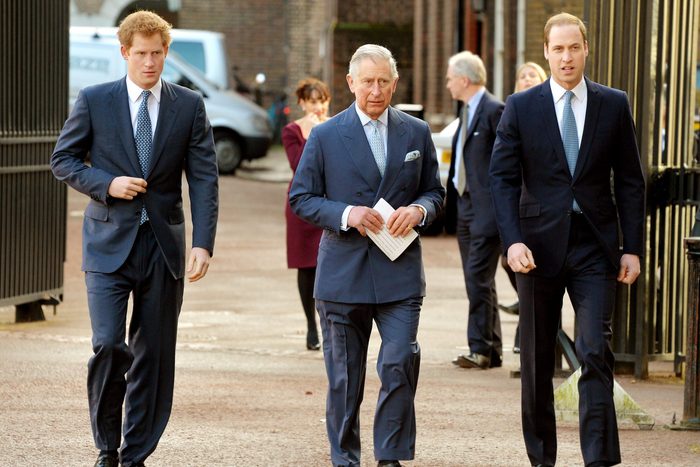
Choose to rule (or not to rule)
The crown is a choice for the king, and if he wanted to, he could take a page from his great-uncle’s book and abdicate, which is how his grandfather, George VI, became king. However, there is no reason to believe that King Charles will abdicate after just ascending to the throne.
What he can’t do, though, is install a regent, like heir apparent Prince William. That only happens when a monarch is incapacitated, and it’s a highly unusual circumstance. The last regency was during the reign of King George III in the early 1800s.
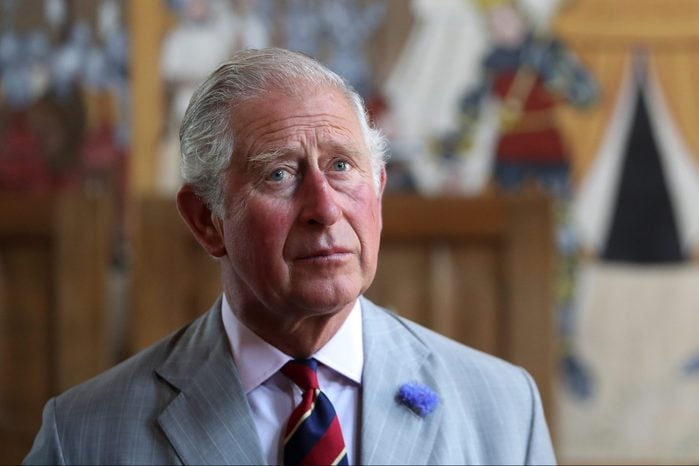
Serve as head of the Commonwealth of Nations
To answer the question “What does the king of England do?” is to consider all countries affected by his reign, not just England. Those include the Commonwealth of Nations, a voluntary association of around 54 independent countries aimed at fostering cooperation among member nations and advancing their economic and social interests.
Most of the members are under British rule (like the Commonwealth realms) or were at some point in the past (like India, Pakistan and Barbados). The Commonwealth of Nations also includes Rwanda and Mozambique, both of which chose to join the association despite having no historical ties to the monarchy.
In his role as the head of the Commonwealth of Nations, the king meets every two years with heads of government from the member nations to discuss issues, assign priorities and enact policy. Given that the U.K. has now officially withdrawn from the European Union, its relationships with the other Commonwealth nations has never been more critical. Royal lovers, learn how Queen Elizabeth II and Prince Philip fell in love.
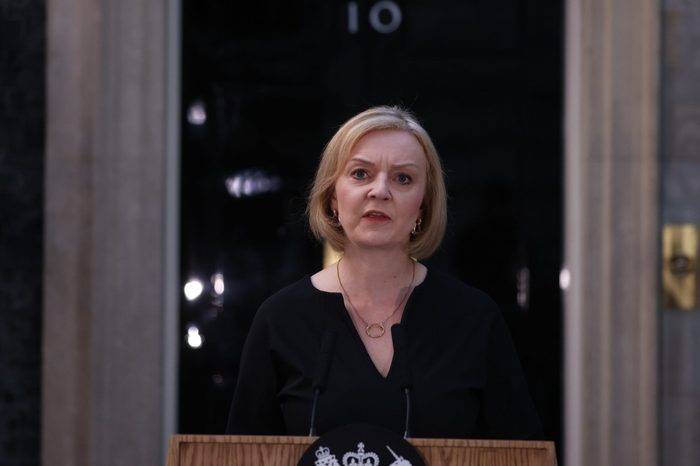
Pick the prime minister
The king may have few reserved powers (decisions that are within the “royal prerogative”), but those he holds are important. Take, for instance, his power to appoint the prime minister, the highest ranking official in British government. That said, he can’t pick a PM willy-nilly. He has to follow the Cabinet Manual, a formal set of rules that say the sovereign ought to stay out of party politics.
In most cases, he appoints the leader of the party that won a majority of seats in the House of Commons (a branch of parliament) during the most recent general election. And while staying out of politics is priority No. 1 for the king, there are circumstances in which he may be called upon to exercise his discretion, such as when a prime minister dies or resigns while in office. Here’s how much the British crown jewels are worth, by the way.
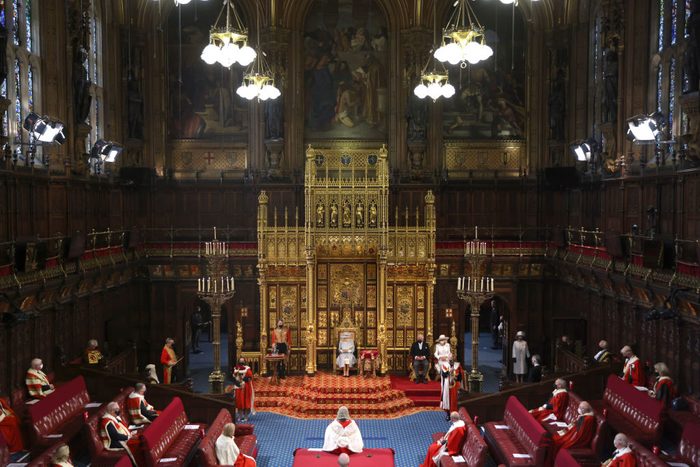
Appoint members to the House of Lords
Members of the House of Lords—one of parliament’s three branches—are appointed by the king after approval by the prime minister. His selection is based on what he believes individuals will bring to the table in terms of knowledge and experience with respect to U.K. business, culture, science, sports, academia, law, education, health and public service. Together with the House of Commons, the House of Lords is tasked with all matters related to lawmaking.
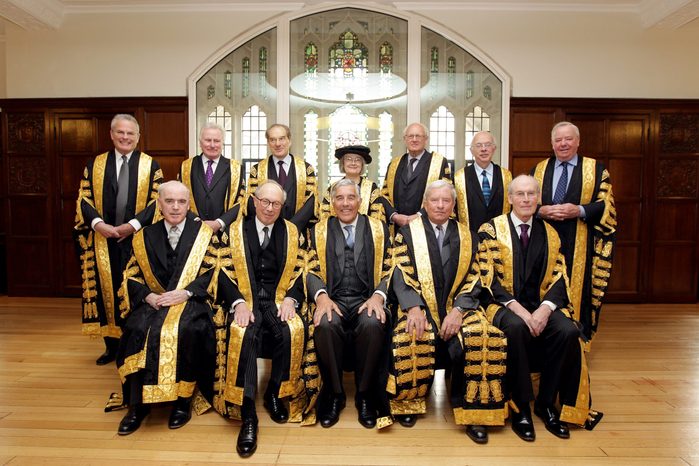
Appoint Supreme Court justices
The Supreme Court is the highest court in the United Kingdom. Like the U.S. Supreme Court, the U.K. Supreme Court has the final say on all legal matters that come before it, including how laws are to be interpreted and whether a law should be stricken by parliament. Choosing the justices who will be making those decisions is an important responsibility and one that rests with the king. He appoints justices on the advice and recommendation of a panel of legal experts from each of the U.K.’s nations, according to the BBC. Read more for fascinating things you never knew about Prince Harry.
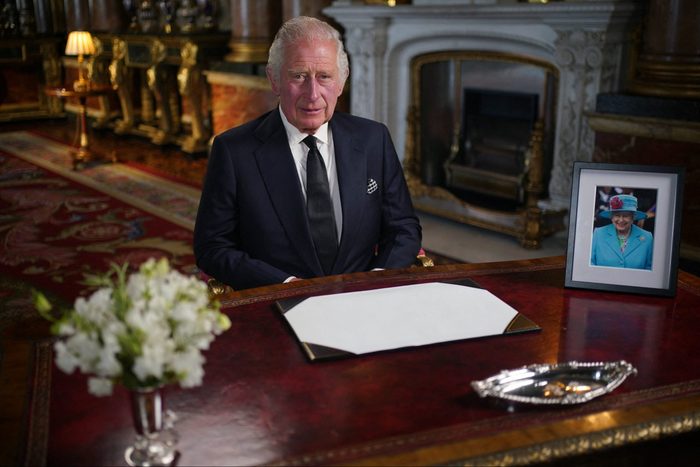
Initiate the process of “forming a government”
Without the “formation of a government,” parliament can’t conduct its business (in fact, it doesn’t even exist until it’s formed). It’s up to the king to invite the prime minister appointee to Buckingham Palace, where he’ll ask the PM to “form a government,” a meeting known as the kissing of hands. Assuming the answer is yes, the prime minister begins work immediately. Stroll down memory lane with these photos of a young Princess Diana.
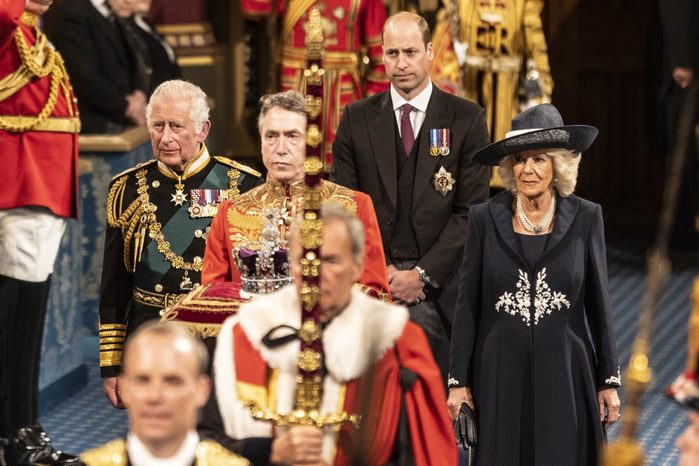
Open parliament each year
In royal tradition, the king (formerly the queen) opens parliament for its lawmaking session each year. In the past, the queen has never willfully delayed parliament’s opening. The only times that she delegated the responsibility to others were during her pregnancies.
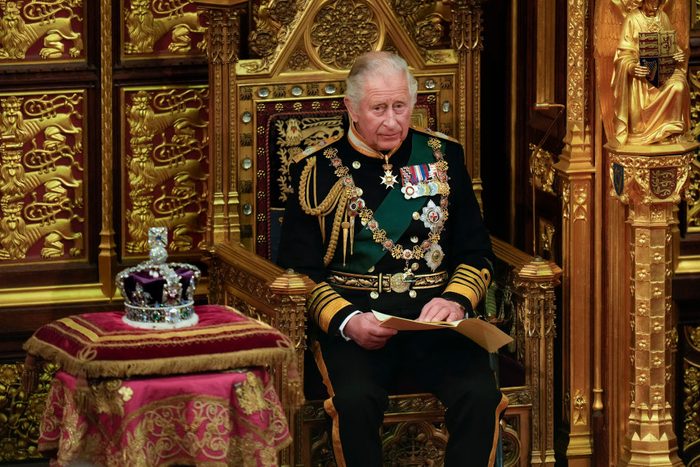
Kick off parliamentary business
Before parliament can get down to business, the king must make a speech. The twist: The annual speech at the opening of parliament is always written by members of parliament. It’s used as a starting point for House discussion and debate.
But wait, you’re thinking, isn’t the king supposed to remain apolitical? Yes, and in reciting the speech, he will, in fact, be speaking politically. But it is well known that the words are not his and that he will be just “reading” his speech. Did you know businesses need permission to use the word “royal” in the United Kingdom?
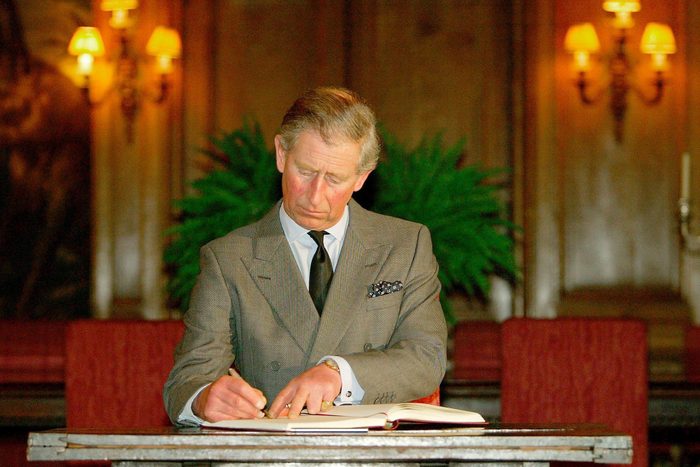
Legitimize laws
Parliament may have the power to make, change and abolish laws, but the king must sign off on a proposed act of parliament before it officially goes into effect, a process known as royal assent. So while the king is constitutionally required to remain politically neutral, it’s within his prerogative to put the kibosh on a potential law. Still, no British sovereign has refused to give royal assent to an act of parliament since 1708. What’s more, most monarchs (including the late Queen Elizabeth II) don’t even show up in person to give royal assent. The last to do so was Queen Victoria in 1854.
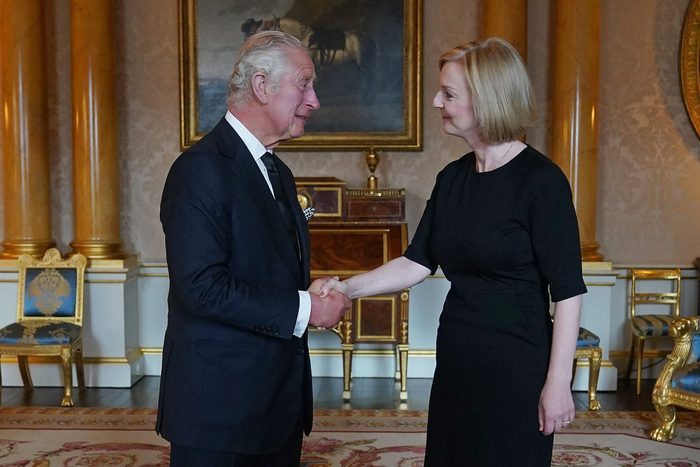
Summon the prime minister
One of the king’s responsibilities is to stay abreast of what’s going in the government. To do so, he can exercise his power to summon the prime minister for meetings (royal speak: audiences). During these meetings, he has both a right and a duty to express his opinions on matters of government.
The practice doesn’t stand in opposition to the king’s duty to remain politically neutral because the audience is considered private and all communications remain strictly confidential. Moreover, after having expressed his views, the king abides by the advice of his ministers.
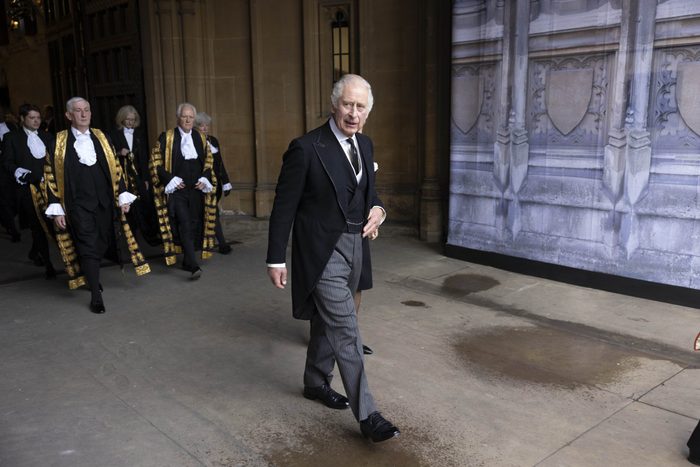
End the parliamentary session
It is within the king’s royal prerogative to end the current session of parliament. This is separate from the dissolution of parliament, which refers to the formal closing of the session. Until the Fixed Term Parliament Act of 2011, it was also within the king’s power to dissolve parliament. The last monarch to do this was Queen Victoria in 1830. Check out these fascinating perks that come with being part of the royal family.
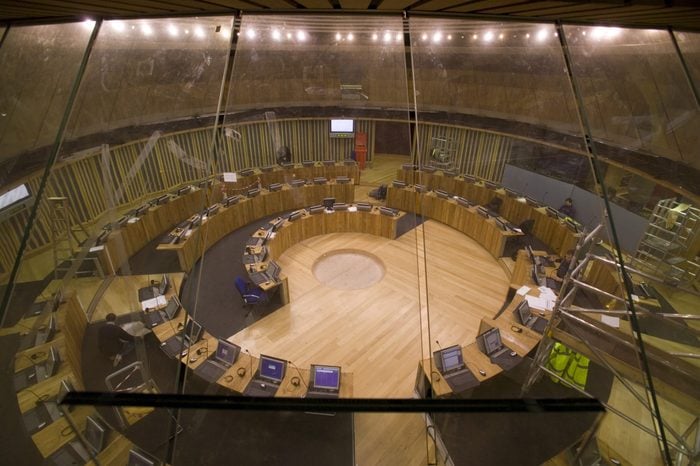
Open Welsh lawmaking sessions
Since 1999, Wales has had its own form of elected government, known as the National Assembly of Wales, which introduces legislation concerning matters that have been delegated from the U.K. parliament. These include matters of health, housing, tourism, the environment and agriculture. As with the U.K. parliament, the king is empowered with opening the National Assembly each session.
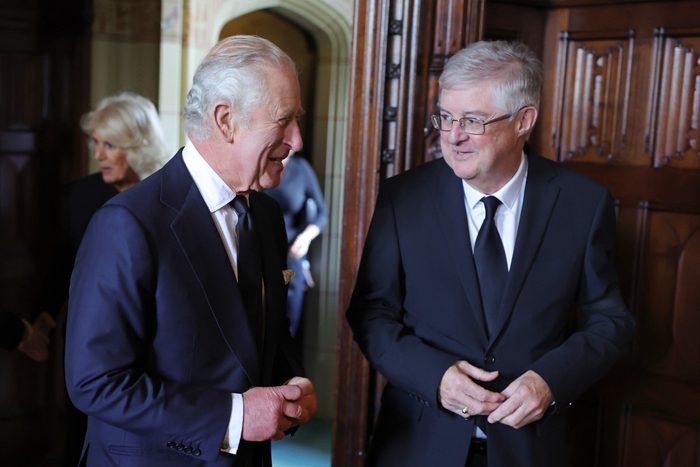
Ratify Welsh legislation
Queen Elizabeth was responsible for formally appointing Welsh ministers since 2007, including the first minister (the highest-ranking member of Wales’s National Assembly), and granting royal assent to formal acts of the National Assembly. In other words, she confirmed bills into law. The queen also held audiences with the first minister, though she acted on advice provided by her U.K. ministers when dealing with Wales. Now, those responsibilities are passed on to King Charles. Browse these rarely seen royal family Christmas photos.
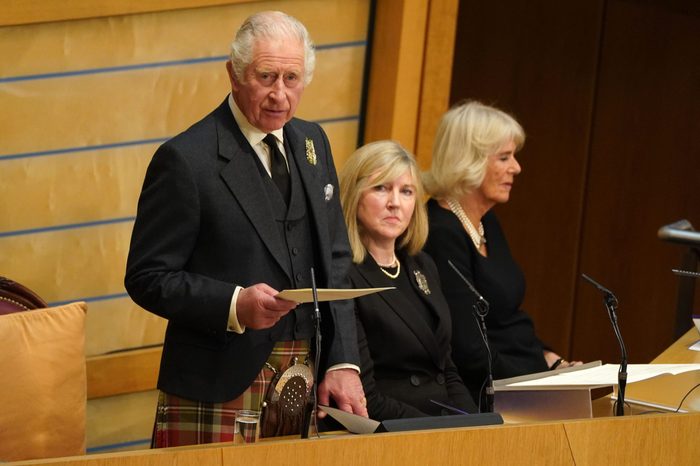
Open Scotland’s parliamentary session
From 1707 to 1999, all Scottish lawmaking was in the hands of the U.K. parliament. But on the cusp of the new millennium, Scotland’s new parliament met for the first time. Since then, the Edinburgh-based Scottish parliament has dealt with domestic matters, while the U.K. parliament in Westminster, England, has dealt with issues pertaining to the United Kingdom. Just as he’s charged with opening the U.K. parliament and Welsh National Assembly, the king is responsible for opening the session of the Scottish parliament.
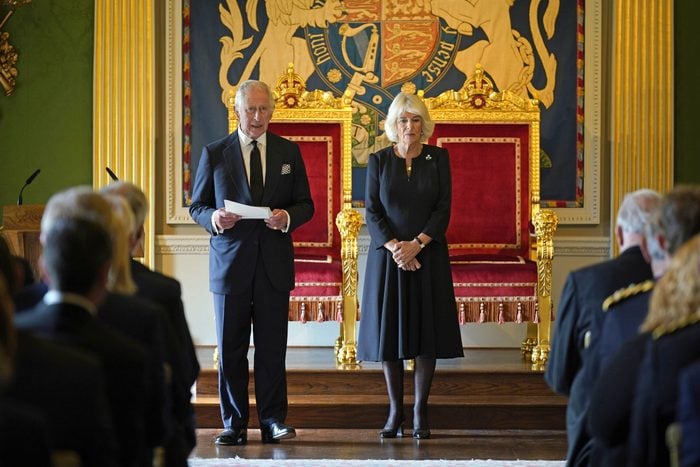
Ratify the laws of Northern Ireland
The Northern Ireland Assembly has been around since 1998, and like the local governments of Wales and Scotland, it’s the main source of authority with regard to all Irish lawmaking matters that have been devolved from parliament. Queen Elizabeth II was tasked with opening the annual lawmaking session and providing royal assent to all legislation passed by the governing body, and now that responsibility has been passed along to King Charles III. Don’t forget to read up on why Queen Elizabeth never stepped down from the throne.
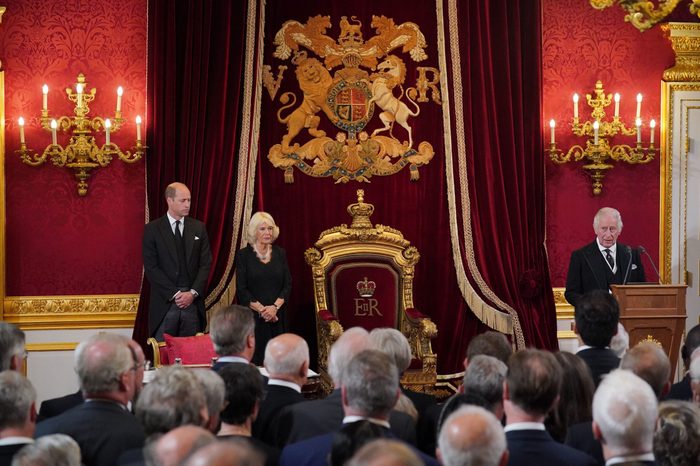
Appoint the members of Privy Council
The U.K. Privy Council is responsible for a number of executive responsibilities, including extending legislation to British territories overseas, granting royal charters and issuing orders and proclamations. It also advises the king on his duties, including how to exercise his royal prerogative. Members of the Privy Council are appointed by the king, although he takes the advice of the prime minister.
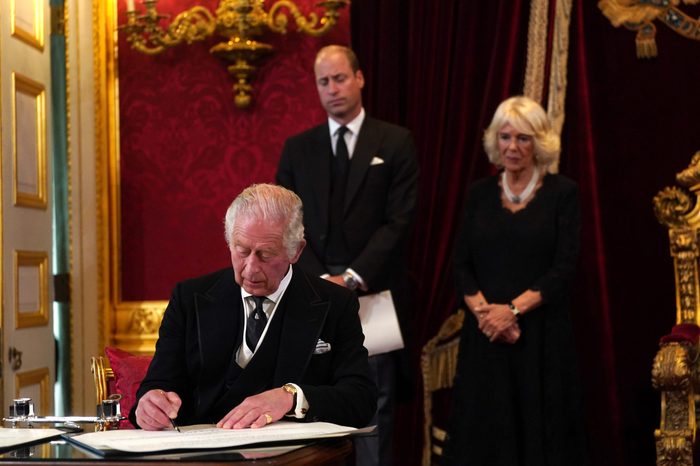
Approve Privy Council orders and proclamations
Privy Council meetings are held once a month at the discretion of the king. At that time, members must obtain the king’s royal assent to orders that the council has discussed and approved. The king also needs to approve the council’s proclamations, formal notices concerning issues like the dates of bank holidays and the summoning of a new parliament.
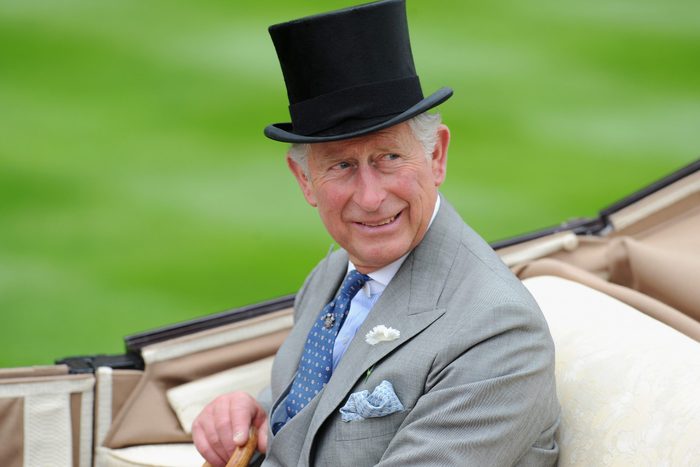
Break the law without prosecution
The notion of sovereign immunity is said to have arisen out of the British common law, which once held that the sovereign, being divinely appointed, is not capable of doing wrong. It’s because of the notion of sovereign immunity that all British legal cases are in the name of the king versus the defendant, which carries with it the implication that the king cannot take legal action against himself. And that is precisely the case. As the royal family’s official website points out, “civil and criminal proceedings cannot be taken against the sovereign as a person under U.K. law.”
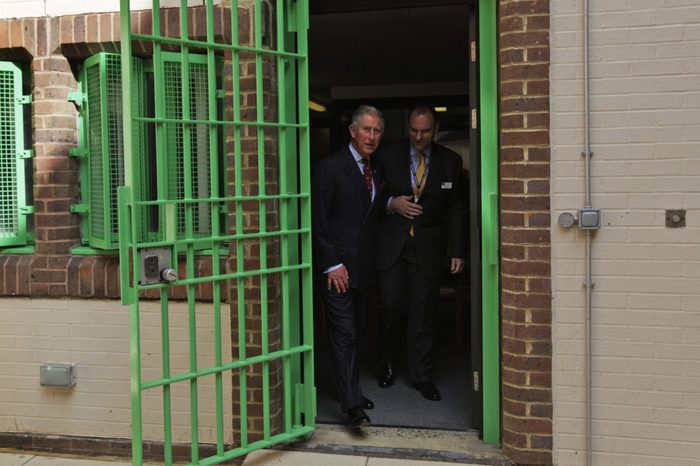
Pardon criminals
A British sovereign’s right to pardon convicted criminals has long been known as the “royal prerogative of mercy,” though a 2017 House of Commons briefing paper doesn’t count this particular power as one of the king’s reserved powers. Originally intended to prevent the execution of a criminal, the royal pardon is rarely used in the modern-day United Kingdom, which long ago abolished the death penalty.
But it’s not all about life or death. The king can use the royal pardon to reduce an inmate’s prison sentence. For instance, Queen Elizabeth used it in 2013 to grant a posthumous pardon to World War II code-breaker Alan Turing, who received an indecency conviction in 1952.
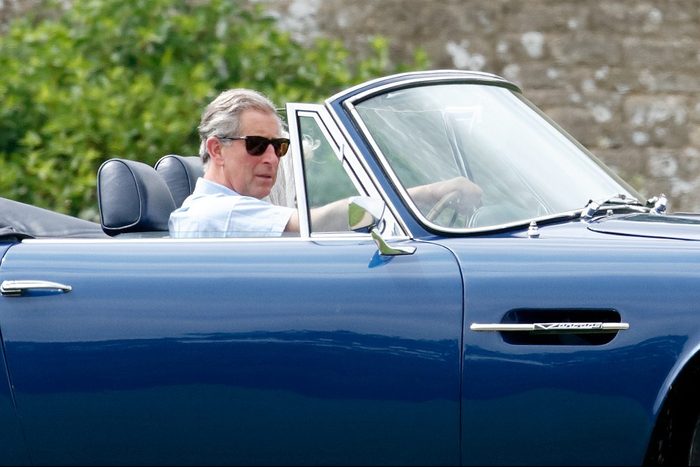
Drive without a license
Now that he is king, Charles is not legally required to possess a driver’s license in order to drive to his heart’s content. Why’s that? Well, technically speaking, all driver’s licenses are issued in the king’s name. Similarly, the king stands exempt from having to display a license plate on his state car.
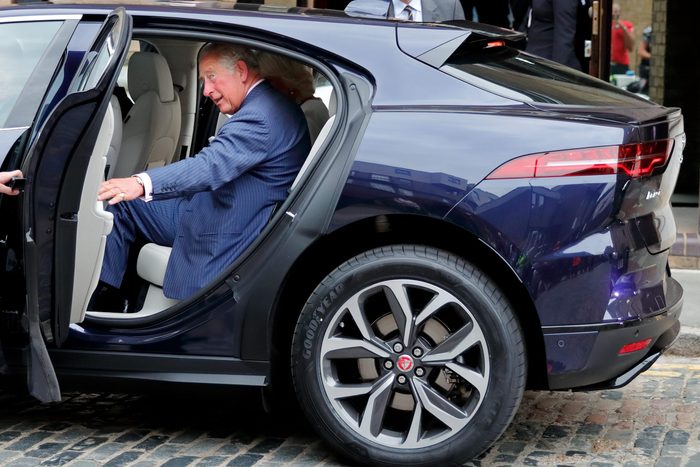
Exceed the speed limit
Going somewhere in a hurry? Too bad you’re not His Royal Highness, who can go as fast as he likes without getting ticketed. British speed limits don’t apply to vehicles used for police, fire and rescue, ambulances or the Serious Organised Crime Agency when following the speed limits would prevent those folks from doing their jobs, a representative from the Department for Transport told The Sun newspaper. Because the royal family is driven by the police, their driver is exempt from speeding laws.
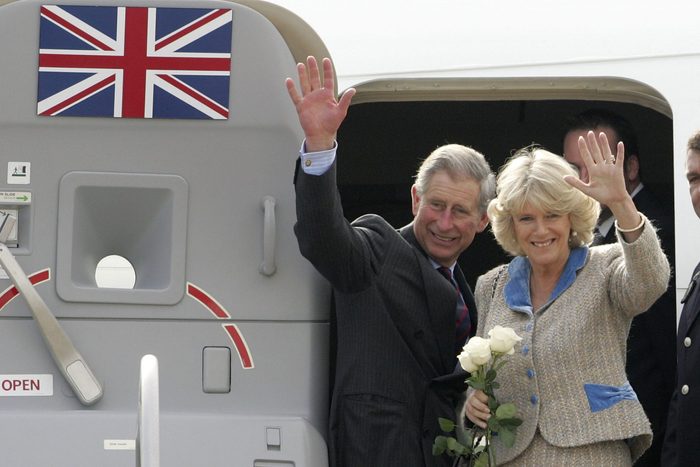
Travel without a passport
British passports will now be issued in the king’s name, and King Charles no longer has to carry a passport when he travels, according to the official website of the royal family. The same can’t be said for any other member of the royal family though. All other members, including Prince William and the newly minted Princess Kate, have passports. (Fun fact: King Charles also has the power to withdraw passports.)
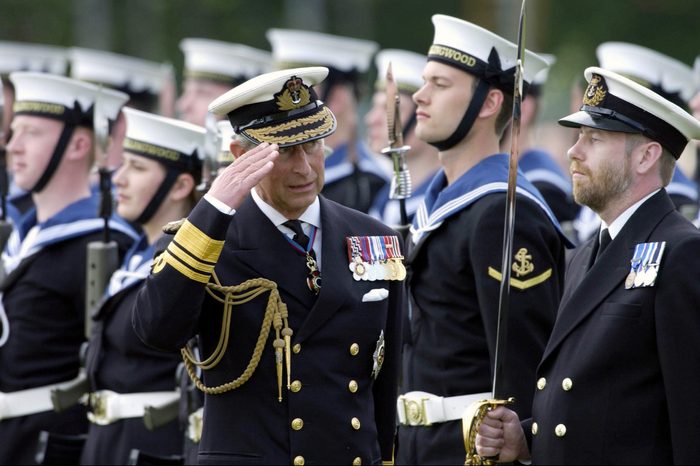
Command the armed forces
According to the royal family website, King Charles III is Head of the Armed Forces, since he’s the sovereign. King Charles served in the Armed Forces himself—he joined both the Royal Air Force and the Royal Navy.
He’s one of several royal family members to serve in the British Armed Forces: His mother, Queen Elizabeth, joined the Auxiliary Territorial Service in 1945, making her the first female member of the royal family to do so. His father, Prince Philip, was a Royal Navy officer. And his sons, Prince William and Prince Harry, both served—Prince William in the Royal Air Force and Royal Navy, and Prince Harry in the British Army.
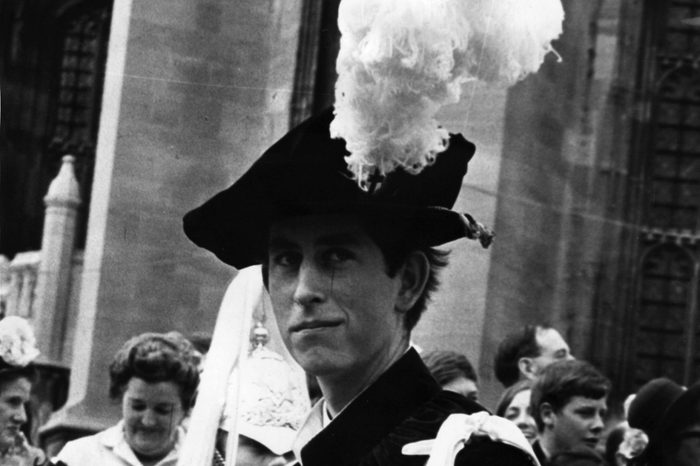
Grant knighthoods
It’s a millennia-old tradition for the British monarch to recognize those who have shown great “service, loyalty or gallantry” by bestowing gifts. At one time, those gifts were physical, such as money or land. Today, they are in the form of official honors, including knighthoods and peerages.
Although “anyone can nominate anyone else for an honour,” as the government’s regulations specify, all such honors must be approved by the king. The prime minister is tasked with making recommendations to the king, and before his approval is formalized, the proposed honoree must accept.
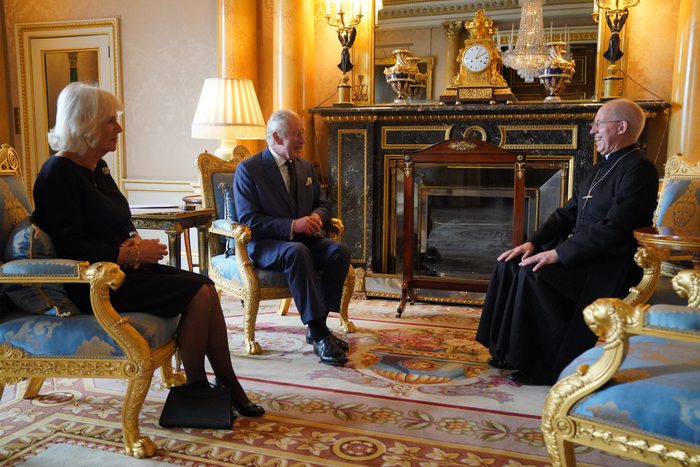
Appoint archbishops and bishops to the Church of England
Although he is styled as “His Majesty,” King Charles III’s official title is “Charles the Third, by the Grace of God, of the United Kingdom of Great Britain and Northern Ireland and of His other Realms and Territories, King, Head of the Commonwealth, Defender of the Faith.” That last bit—Defender of the Faith—refers to the fact that the king is the head of the Church of England.
The British sovereign has been the head of the Church of England since 1534, when Henry VIII’s divorce drama led to his renouncing the Catholic Church. As head of the church today, the king appoints archbishops, bishops and deans of the Church of England, albeit on the advice of the prime minister. Fun fact: Here is what the royal family actually does all day (yes, they have jobs).

Own all the dolphins in the United Kingdom
Yep, you read that right. A bizarre statute from 1324 states that the king of England has ownership of “whales and sturgeons taken in the sea or elsewhere within the realm.” The law, which is in existence today, covers dolphins in U.K. waters as well. And if you think that’s not quite enough wildlife for the king, you’ll be chuffed to know he now owns the swans in the Thames too.
Next: find out more about King Charles’ birthday.
Get Reader’s Digest‘s Read Up newsletter for more humor, cleaning, travel, tech and fun facts all week long.
Sources:
- The Royal Family
- The National Archives: “Regency Act 1937”
- The Commonwealth
- BBC: “What is the UK Supreme Court?”
- House of Commons Library: “The Royal Prerogative”
- Institute for Government
- UK Parliament
- British Monarchist League: “The Queen in Government”
- The Scottish Parliament: “About the Scottish Parliament”
- The Sun: “Above the Law? The reason why the Prime Minister and Royal family can legally break the speed limit”
- NI Direct: “The Northern Ireland Assembly”
- British Heritage: “Can Queen Elizabeth get away with murder?”
- Gov.uk: “How the honours system works”
- A Treatise on the Fishery Laws of the United Kingdom: “Crown’s Right to Royal Fish”
